Another healthy food option arrives in PHL

THE SALADSTOP Group is giving a new healthy choice for Manila diners with the opening of another brand in the Philippines called HeyBo.
According to a release, the name is a portmanteau of “hey,” and a truncation of “bowl.” HeyBo specializes in warm grain bowls “with a focus on the use of local flavors.” During the opening at Central Square BGC, Taguig — the first international and flagship outlet of HeyBo — on Aug. 11, guests were treated to the new brand’s bowls.
Kampong Table is a bowl of mixed grains, roasted lemongrass chicken, crispy tempeh, soft-boiled egg, oriental cabbage salad, and a lime wedge, served with white bean and cauliflower dip and green chutney. Muscle Beach is composed of tri-color quinoa, sous-vide chicken breast, charred carrots, broccoli, creamy avocado, and mixed seeds, with a beetroot chipotle dip and yuzu soy. Shibuya Nights is an Asian-inspired bowl with green soba, baked salmon, grilled mushrooms, soft-boiled egg, oriental cabbage salad, and furikake, with avocado edamame dip and beetroot miso. Sunday Roast is a hearty mix of tri-color quinoa, char-grilled steak, a roasted pumpkin wedge, charred corn, tomato salad, and garlic breadcrumbs, with beetroot chipotle dip and balsamic butter.
For vegetarian options, there’s El Patron, with mixed grains, a vegan Mexican patty, sautéed capsicum, spiced black beans, a tomato salad, and tortilla chips, with an avocado edamame dip and smoky sriracha, while Spice Trade is a savory mix of cauliflower lentil rice falafels, spiced chickpeas, fried eggplant, carrot salad, and Murukku chips, with red pepper dip and tzatziki.
HeyBo also has flavors unique to the country, carefully created to satisfy local cravings. Humba Wamba has garlic black rice, braised pork humba, charred corn, fried eggplant, winged bean salad, and spiced peanuts, with a white bean and cauliflower dip and pineapple tamarind. Off The Hook is a harmony of garlic black rice, halibut adobo, Thai basil tofu, charred corn, and coconut lime spice, with red pepper dip and a moringa vinaigrette.
FILLING A NICHE
SaladStop first arrived in the Philippines in 2014, having been established in 2009 in Singapore then spreading into key markets in Asia. Adrien Desbaillets, Chief Executive Officer and Co-Founder, noted that the arrival of another brand was simply interrupted by the pandemic. Another brand, an outlet selling rice rolls called Wooshi, may also be seen in the Philippines quite soon.
“We’re looking into opening that in the Philippines as well,” said Mr. Desbaillets in an interview with BusinessWorld. “SaladStop was a brand that we knew the niche we would fill,” he said. “HeyBo is in a way, easier to launch because we understand the market so much better.”
Opening another brand focused on healthy eating is also a reflection on how well the Philippines is providing more options for health-conscious consumers. With SaladStop, he said, “We’re going into areas of Manila and in the outskirts that a few years ago we would have probably found to be a little bit difficult. Now, I guess, the healthy food segment has grown so much.”
Mr. Desbaillets pointed out that most of the ingredients they use are sourced from local farmers, and their utensils are made from biodegradable materials. Sustainability is one of the pillars holding up the company, considering they just opened a carbon net-zero store in Singapore. “It’s just the impact that we do. It’s part of our DNA. It’s how some are built, what we as people within the company are strong believers in: trying to… change the conversations around sustainability and do it in a very authentic way.”
That’s nice — but does morality make the food taste better? “Yeah. Local is better. Simple,” he said. He elaborates: “It’s a belief in terms of how we develop our menu. We know that we can work with local farms and it takes 24 hours for a product to reach the store. It’s just going to taste fresher.”
In the Philippines, HeyBo and SaladStop are both licensed by the SSI Group, Inc. — Joseph L. Garcia






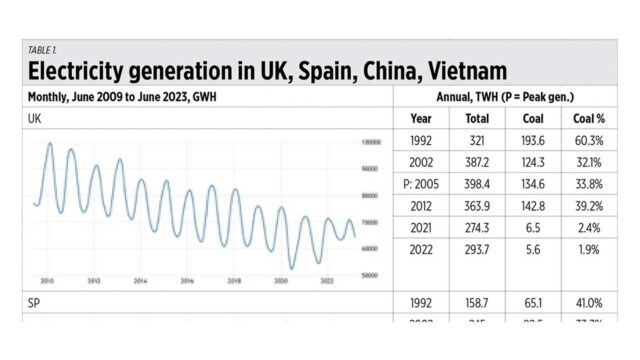
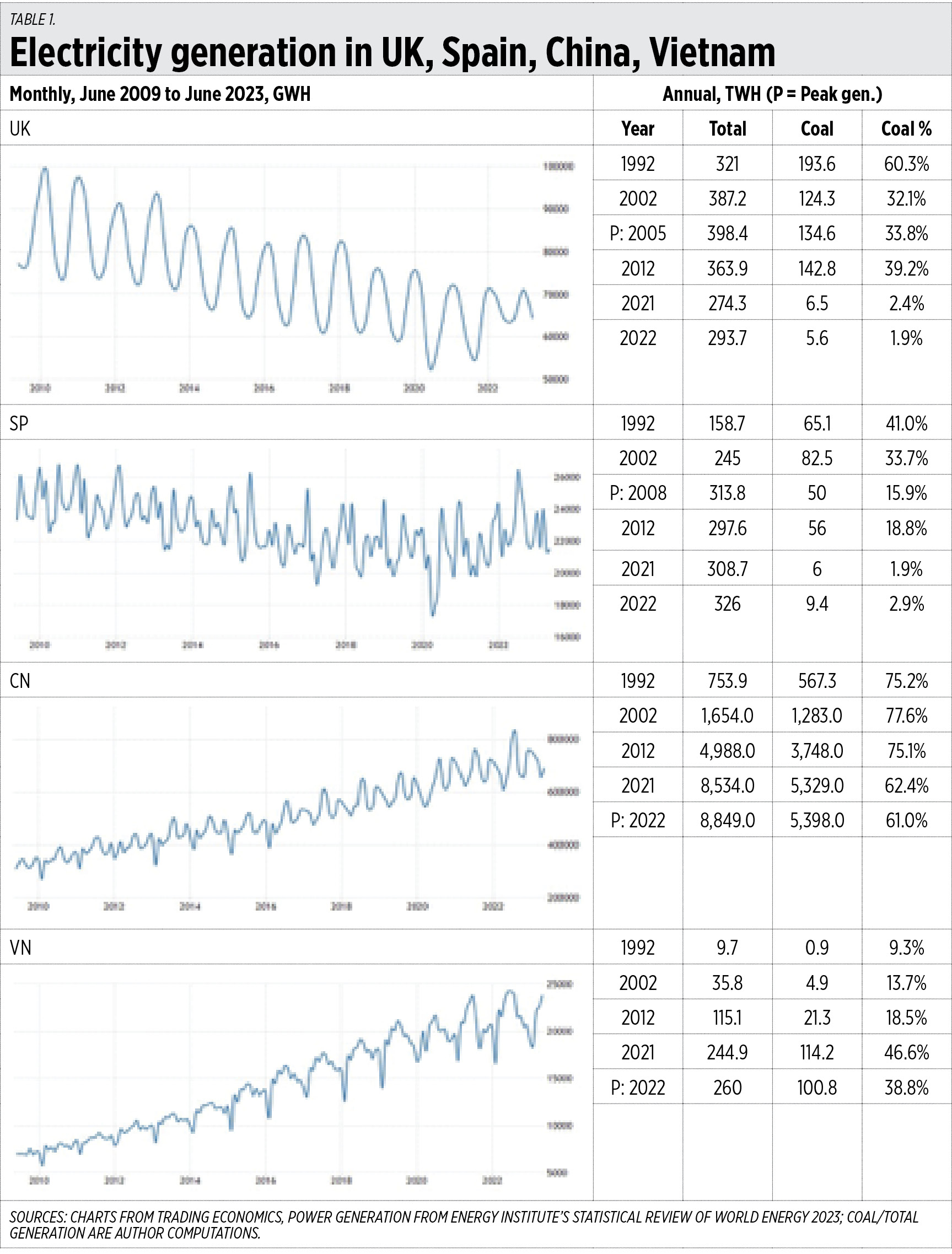
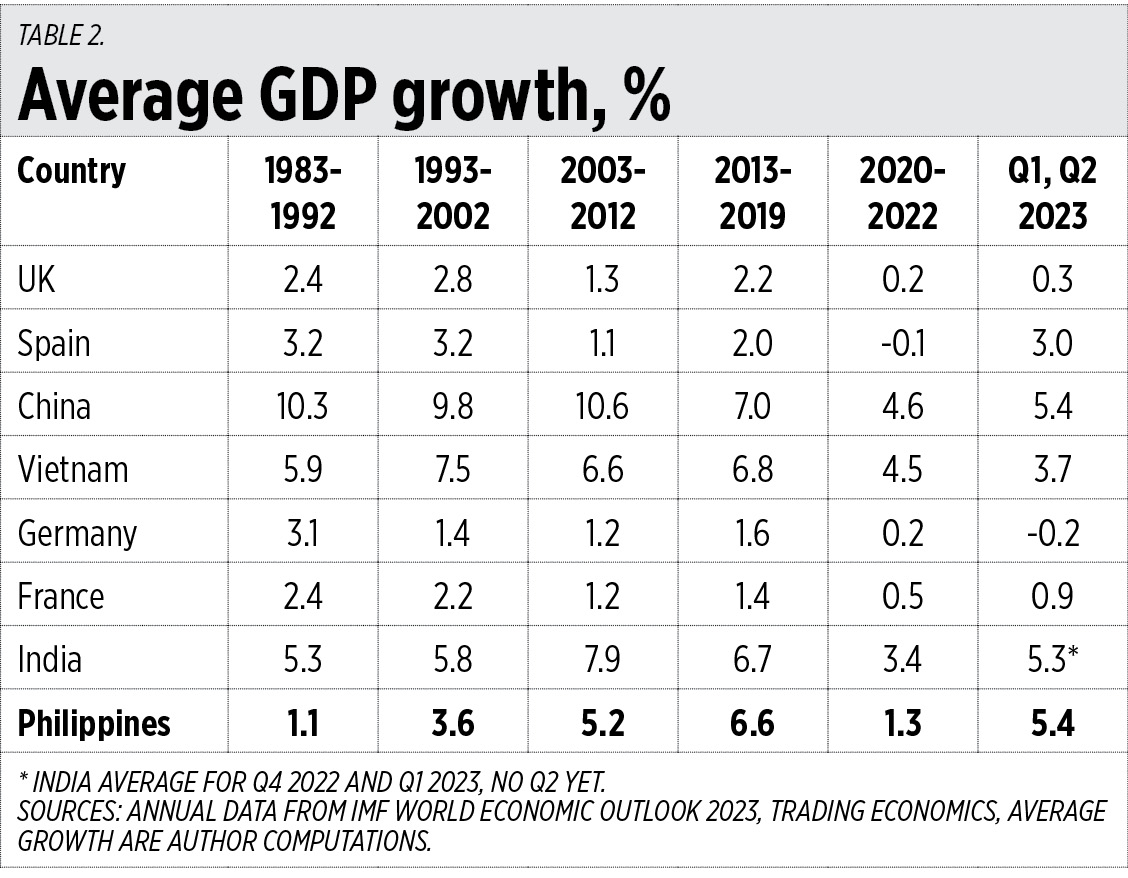




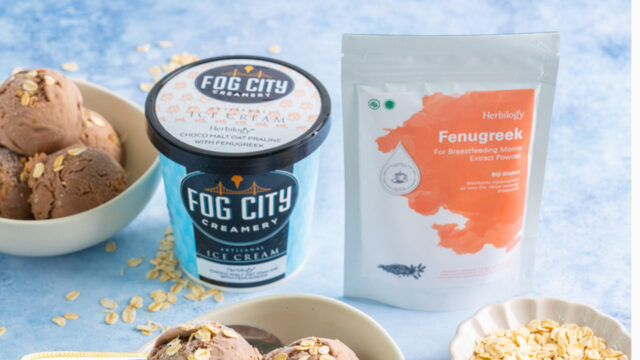


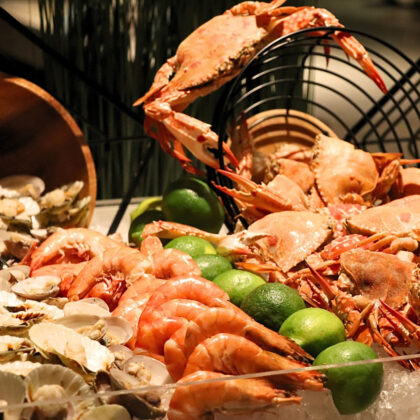
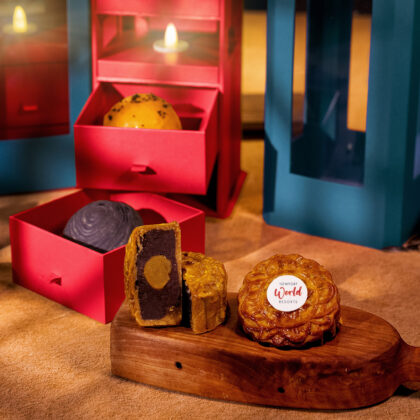



To bring back the office, bring back lunch
IT HAS been nearly two years since corporate America reopened, and employers are still struggling to get people back into the office. Just ask Jamie Dimon, Chief Executive Officer of JP Morgan Chase, who has been pushing for in-office-work, yet 30% of his workers remain hybrid and he continues to face pushback.
So allow me to make a modest proposal. This fall, to get people back to the office, US employers need to do something radical, something bold, something (gasp) very French: They need to buy their employees lunch — a proper lunch, in a restaurant.
There are no sad desk salads in France. Eating in the workplace is prohibited. Since 1962, French employees have received meal vouchers as part of their compensation. The vouchers used to be paper tickets, but now they are usually loaded on to a plastic card, which can be used to buy lunch at local restaurants. Both employers and employees contribute to the card — the former tax-free — with employers paying 50% to 60% of the lunch’s value.
The voucher can be used for a meal up to 19 euros, though that limit was doubled during the pandemic to help struggling restaurants. The number of meals an employee gets each month depends on the number of days he or she works; one meal voucher can be provided for each full workday, provided the meal occurs during the workday.
Like most efficiency-focused Americans, I always looked upon this system with a mixture of amusement and horror. I saw it as the sort of thing that can only happen in France. A law against eating at your desk? Talk about uncivilized. I prefer a quick lunch, thank you, so I can finish work and get home sooner. And as nice as a free lunch sounds, benefits are never really free; they usually mean a lower salary. Once again, thank you but I’d prefer the cash.
But I am rethinking my aversion to the French lunch voucher system because I fear the US workplace is stuck in what we economists call a sub-optimal equilibrium. Working together, in person, is important for training and workplace culture — especially for younger workers who require mentoring. Over time, working from home even a few days a week can mean lower productivity and less engagement with work.
I also worry about what working from home does to a society that is increasingly isolated and lonely. Not to mention all the struggling businesses in America’s downtowns. Foot traffic in downtown San Francisco is at only 32% of its 2019 level. New York is at 67%. Office vacancies remain elevated. Despite pleas and even threats from their bosses — many of whom are also WFH, at least part of the time — or free food in the office pantry, not enough people are going back.
So what if there were such a thing as a free lunch — not metaphorical but actual? A lunch that lasts an hour (maybe more) may be just the incentive you need. Especially at a nice restaurant in the middle of the day. It makes you feel so sophisticated. More important, it will involve making plans to get you out of the house. And while you shouldn’t be required to eat with your colleagues, maybe you will want to, which will improve morale and help restore the connections lost in the years of working from home. Perhaps you will even invite your junior coworkers.
True, there may be some productivity losses. Some people will take lunch breaks that are too long, especially if wine is involved. But working from home indefinitely might mean even more lost productivity. And any losses from lunch should be measured against the economic boost it would provide the restaurant sector.
The voucher system should be a little different than it is in France. Employee contributions to the voucher should be optional. And the vouchers should only be used in restaurants located in business districts, or near the workplace, for a sit-down meal. The tax incentive would be a nice bonus, but it’s not necessary, especially with growing public debt. Instead, participating restaurants may offer discounts or voucher-lunch specials if they want the business.
I realize this is all getting expensive. So employers needn’t offer a free lunch for every day worked. This is America, after all. It is your right as a citizen to eat at your desk. — Bloomberg Opinion